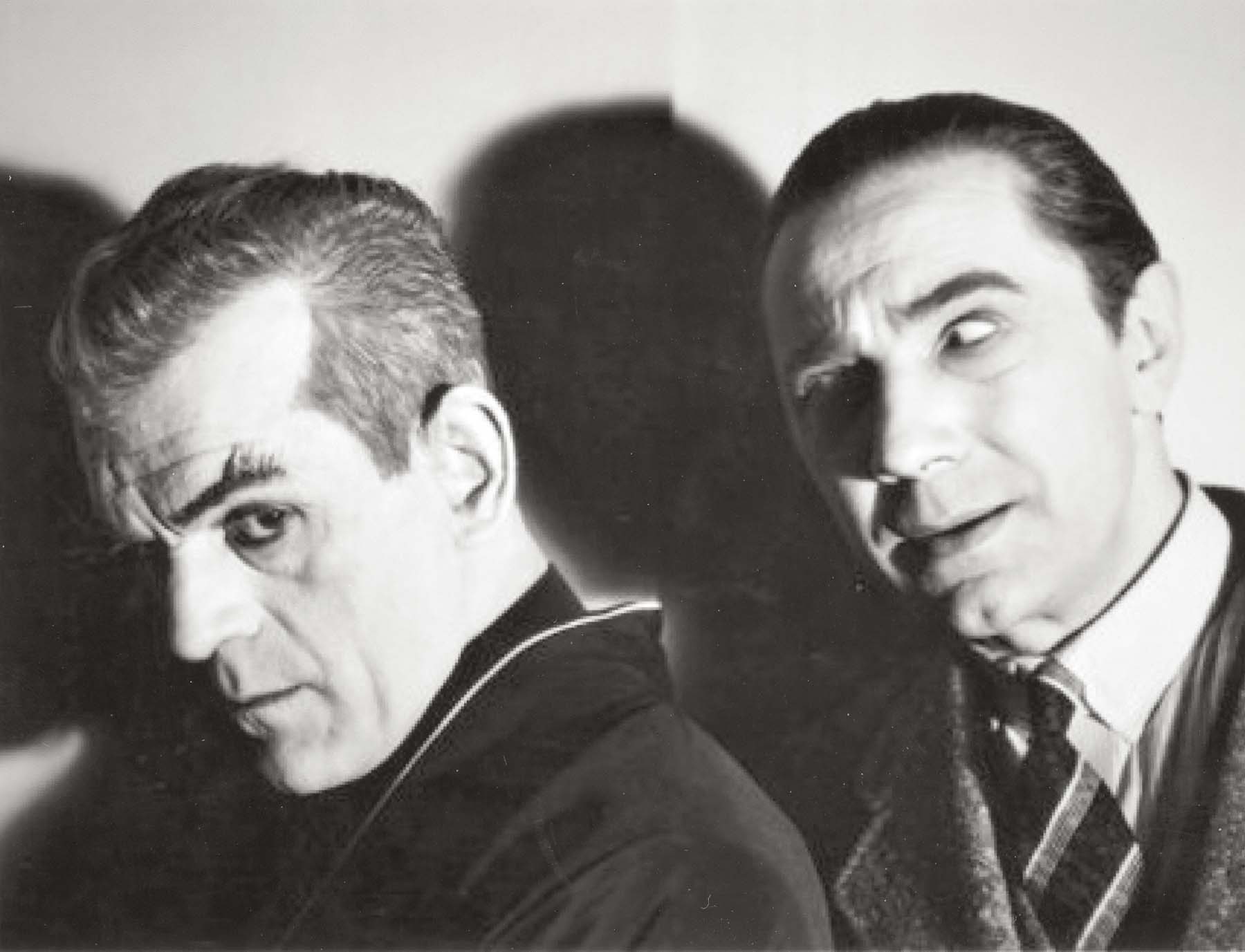MIDCENTURY MOTHERHOOD: A BLESSING OR A CURSE?
Guy and Rosemary Woodhouse (John Cassavetes and Mia Farrow) are a newly married young couple in New York who manage to snare a rental apartment in the Bramford, a coveted gothic landmark on the Upper West Side. Guy is an actor who has just had an astonishing break in a Broadway play, due to the horrible misfortune of the original actor, who has gone mysteriously blind. Financial success makes it easier for the couple to consider parenthood. Their colorfully eccentric neighbors, Minnie and Roman Castevet (Ruth Gordon and Sidney Blackmer), take the couple under their wing, encouraging Rosemary’s fertility with good luck charms, herbal concoctions, and health drinks. On the night they intend to conceive, Rosemary has a vivid nightmare in which she is raped by a demonic entity while the Castevets and a group of menacing strangers look on, all of them naked.
Rosemary becomes pregnant, but her term is difficult. Gradually she begins to suspect a conspiracy about her unborn child involving the Castevets and her husband. Has Guy made some kind of evil pact to advance his acting career? And what plans do the Castevets have for Rosemary and her baby? Is her obstetrician part of the plot?
Released in June of 1968, Rosemary’s Baby was eagerly anticipated and well received (though not by the Catholic Legion of Decency, which, unsurprisingly, branded it with a “Condemned” rating). Ruth Gordon won both an Academy Award and a Golden Globe Award as Best Supporting Actress; Mia Farrow earned a BAFTA nomination as Best Actress.
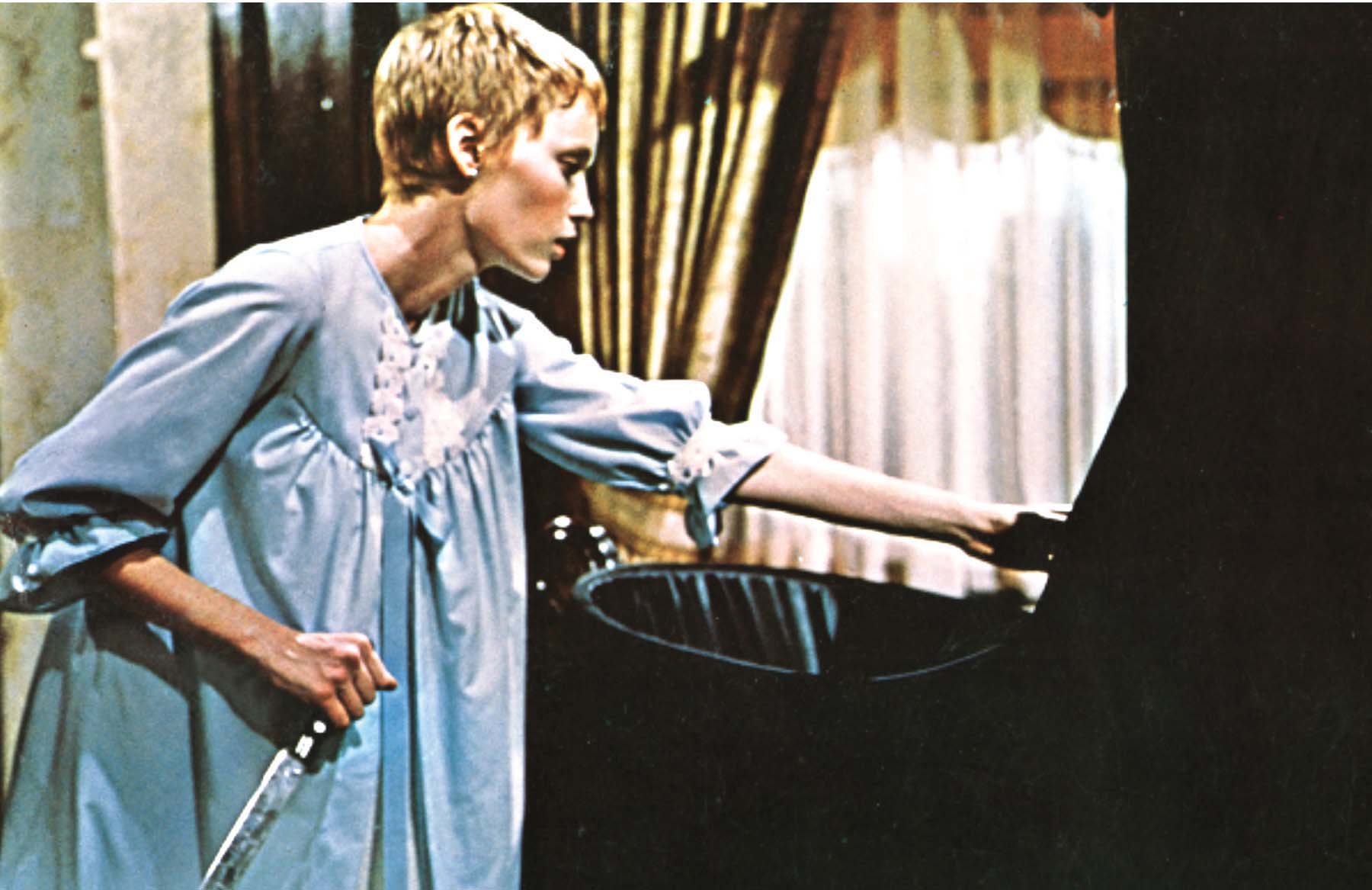
Rosemary finally beholds the baby the witches stole from her.
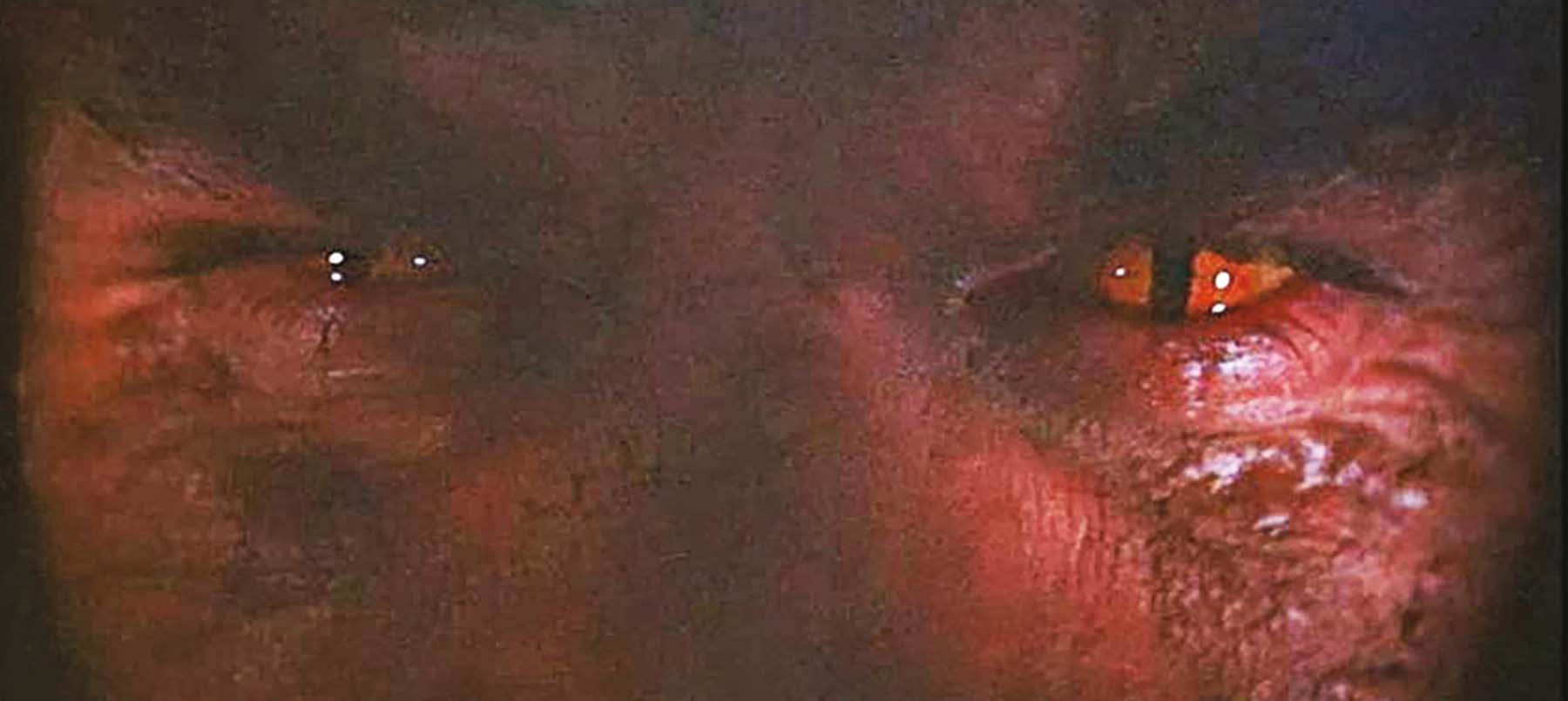
Rosemary has a nightmare in which she is impregnated by a demon that has her husband’s eyes.
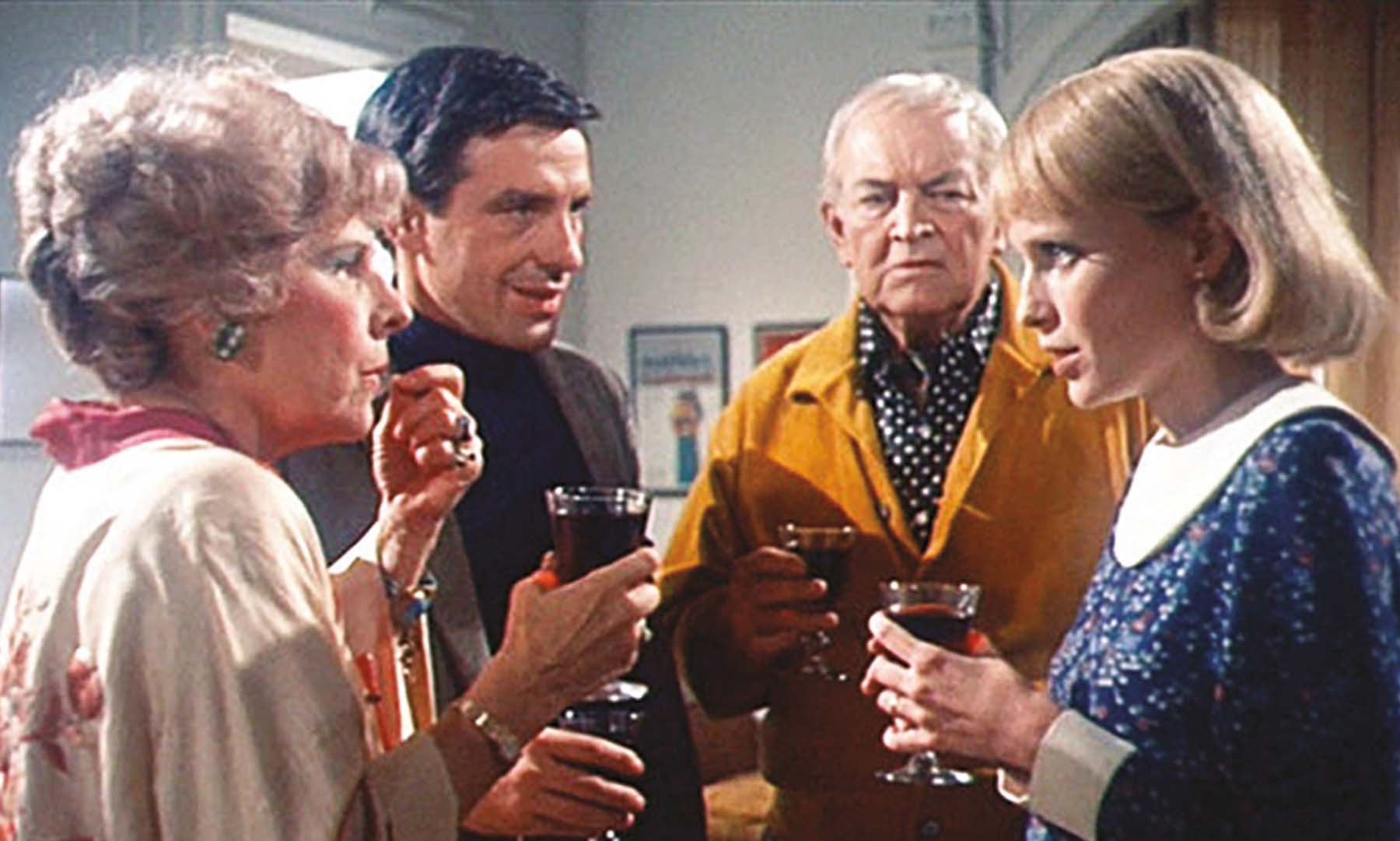
Their neighbors, Minnie and Roman Castevet (Ruth Gordon and Sidney Blackmer), take a hovering interest in their parenthood plans.
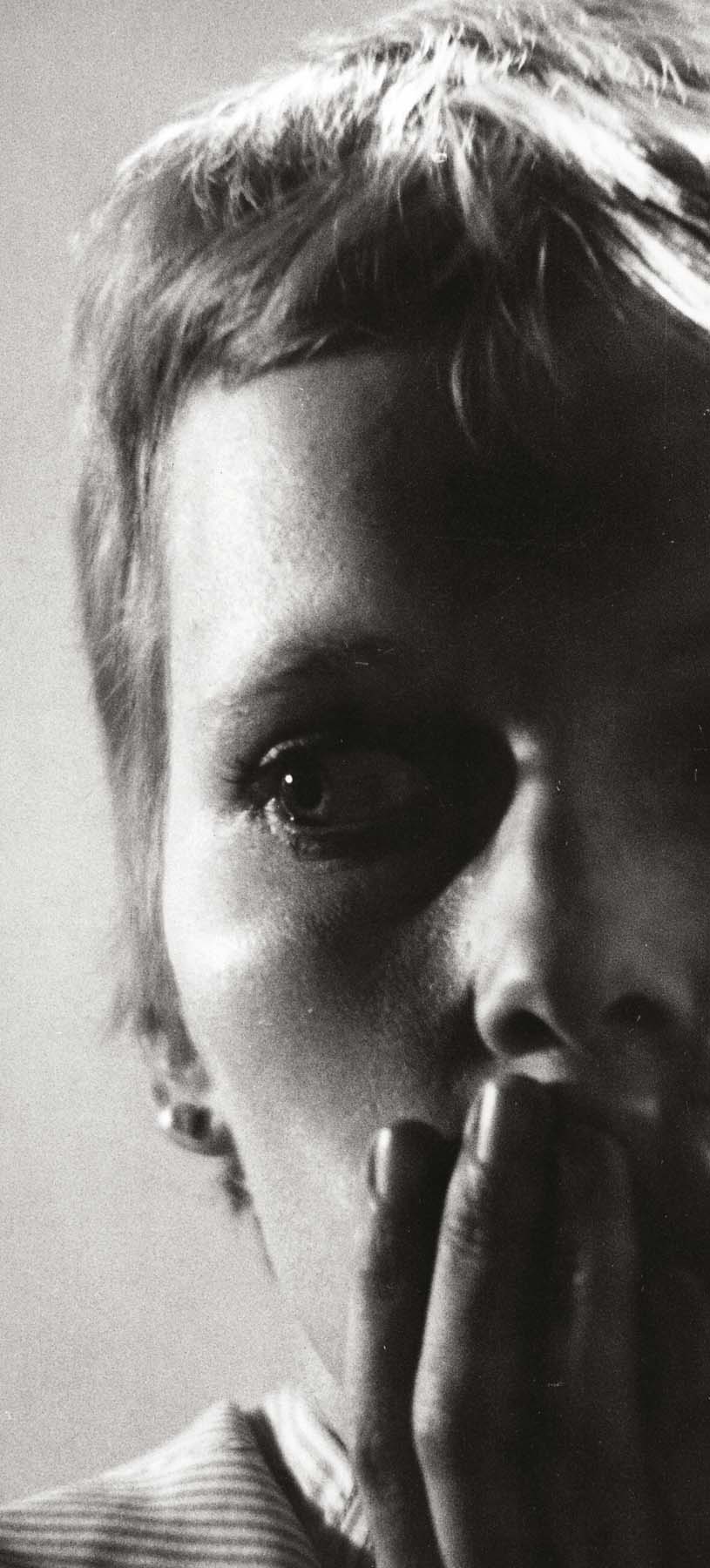
Mia Farrow
The producer of Rosemary’s Baby was, of all people, William Castle, who showed the page proofs of the unpublished novel to Paramount’s production head, Robert Evans. Since the last thing Evans wanted was a gimmicky follow-up to House on Haunted Hill or The Tingler, he wisely stipulated that Castle could produce, but not direct. Evans had little difficulty convincing Roman Polanski to direct his first American film after critical success in Europe with Knife in the Water (1962) and Repulsion (1965). Among the actresses considered for Rosemary were Tuesday Weld, Sharon Tate, and Patty Duke. John Cassavetes was cast as Guy after Robert Redford proved unavailable. Polanski adapted Ira Levin’s best-selling novel himself, and his screenplay is one of the most faithful adaptations, beat for beat, of any twentieth-century novel. People who loved the book were not unhappy with the movie.
If you ask people what Rosemary’s Baby is about, most will automatically say “witchcraft,” but that’s only part of the story. The film’s cultural context—the 1960s—was a time of momentous shifts in everything having to do with women and reproduction, not to mention a public fascination with the occult that took a cue from the Age of Aquarius. Rosemary consumed her magical herbal preparations while millions of American women were getting used to the idea of birth control pills. Inexpensive and easily available chemical contraception was supposed to empower and liberate women, but it also gave men new leverage over women, since the fear of pregnancy was one of the last standing reasons a woman could invoke to refuse sex in an era that was less sensitive than ours is to ideas like “no means no.” Rosemary’s reproductive choices are all being made for her, and mostly by men. Since witchcraft doesn’t exist, an objective analysis of Rosemary’s Baby can easily conclude that the story is “really” about women’s reproductive anxieties and reproductive choices, not satanic conspiracies. However, as is the usual case with horror films, a devilish disguise allows us to process our worst apprehensions without having to look at them too directly.
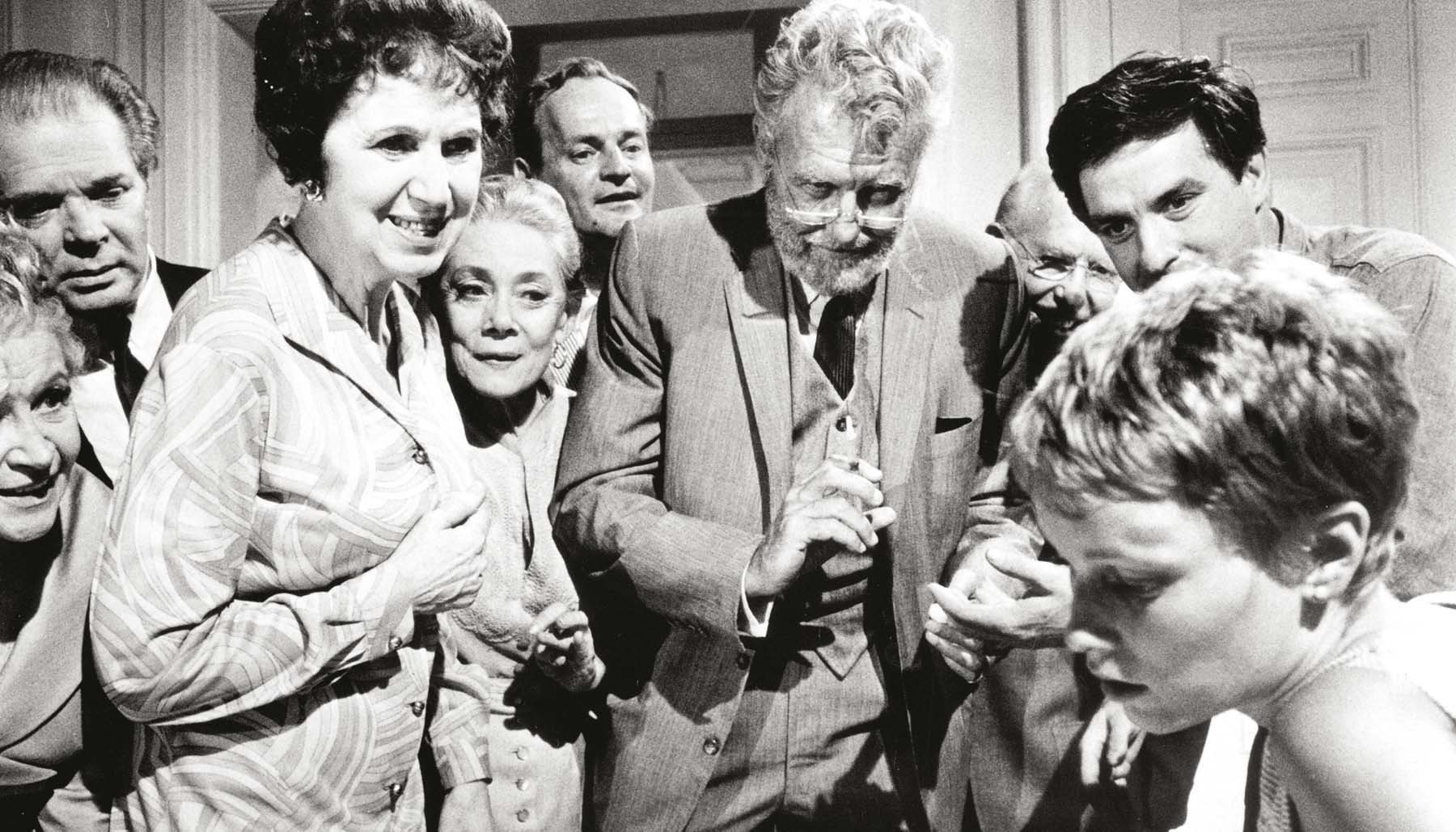
The coven closes in.
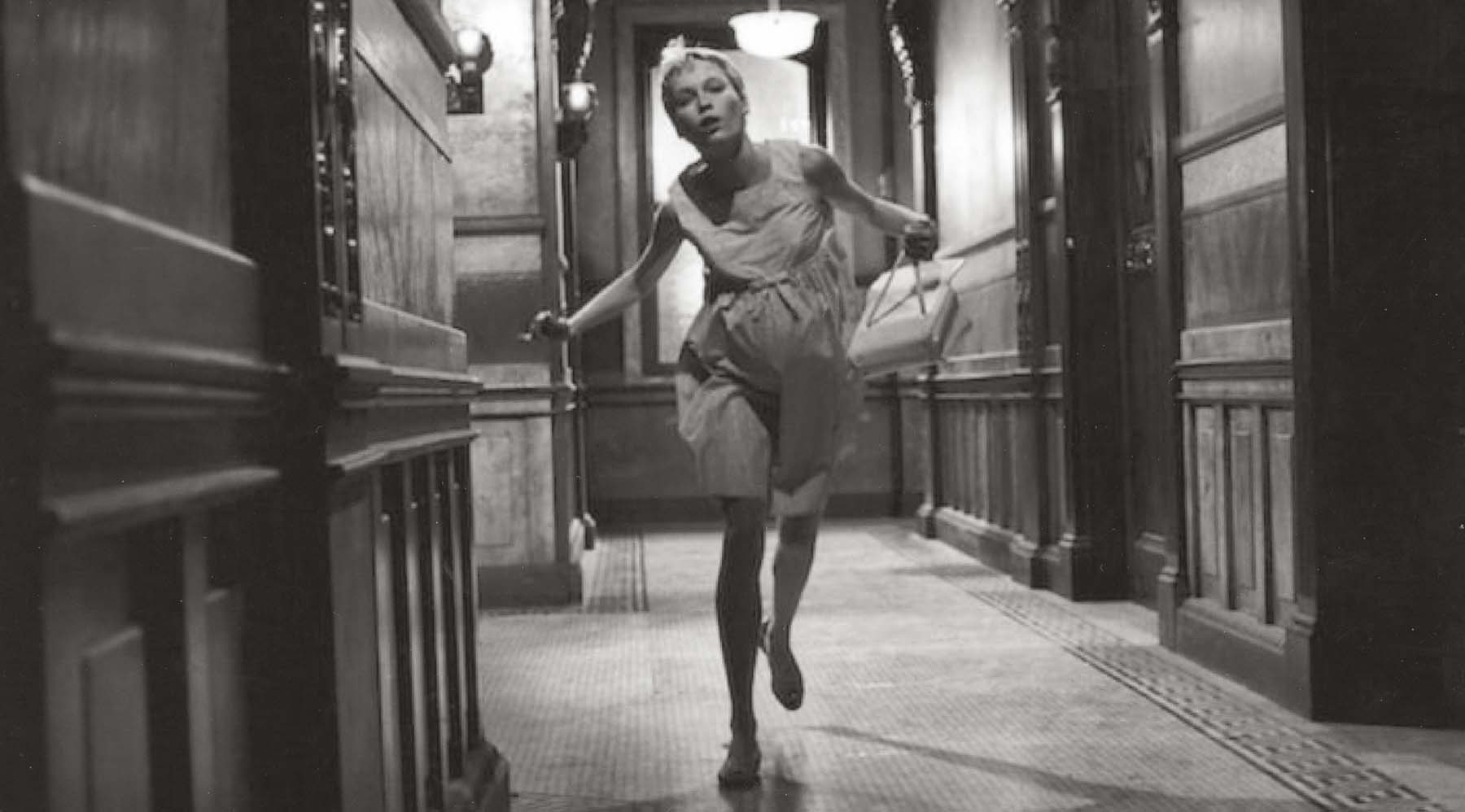
Her real-life pregnancy is a paranoid ordeal.
Rosemary’s Baby is considered part of Polanski’s “Apartment Trilogy,” the other films being Repulsion and The Tenant (1976). In each one, the contained space of an apartment becomes an evocative symbol of madness, evil, and gnawing paranoia.
The 1968 film spawned one sequel and one remake. The television movie Look What’s Happened to Rosemary’s Baby (1976) featured Patty Duke in the role for which she had been considered in 1968, Ruth Gordon reprising the part of Minnie, and Stephen McHattie as Adrian, Satan’s seed, all grown up. In 2014, NBC remade the original film as a two-part miniseries, modernized and set in Paris. Zoe Saldana starred as Rosemary, Patrick J. Adams as Guy, and Carole Bouquet and Jason Isaacs played the Castevets.
If you enjoyed Rosemary’s Baby (1968), you might also like:
THE BLACK CAT
UNIVERSAL PICTURES, 1934
